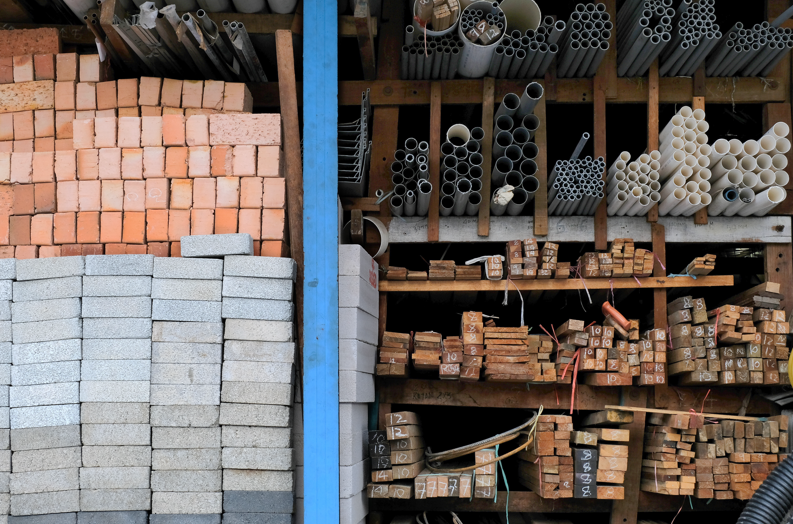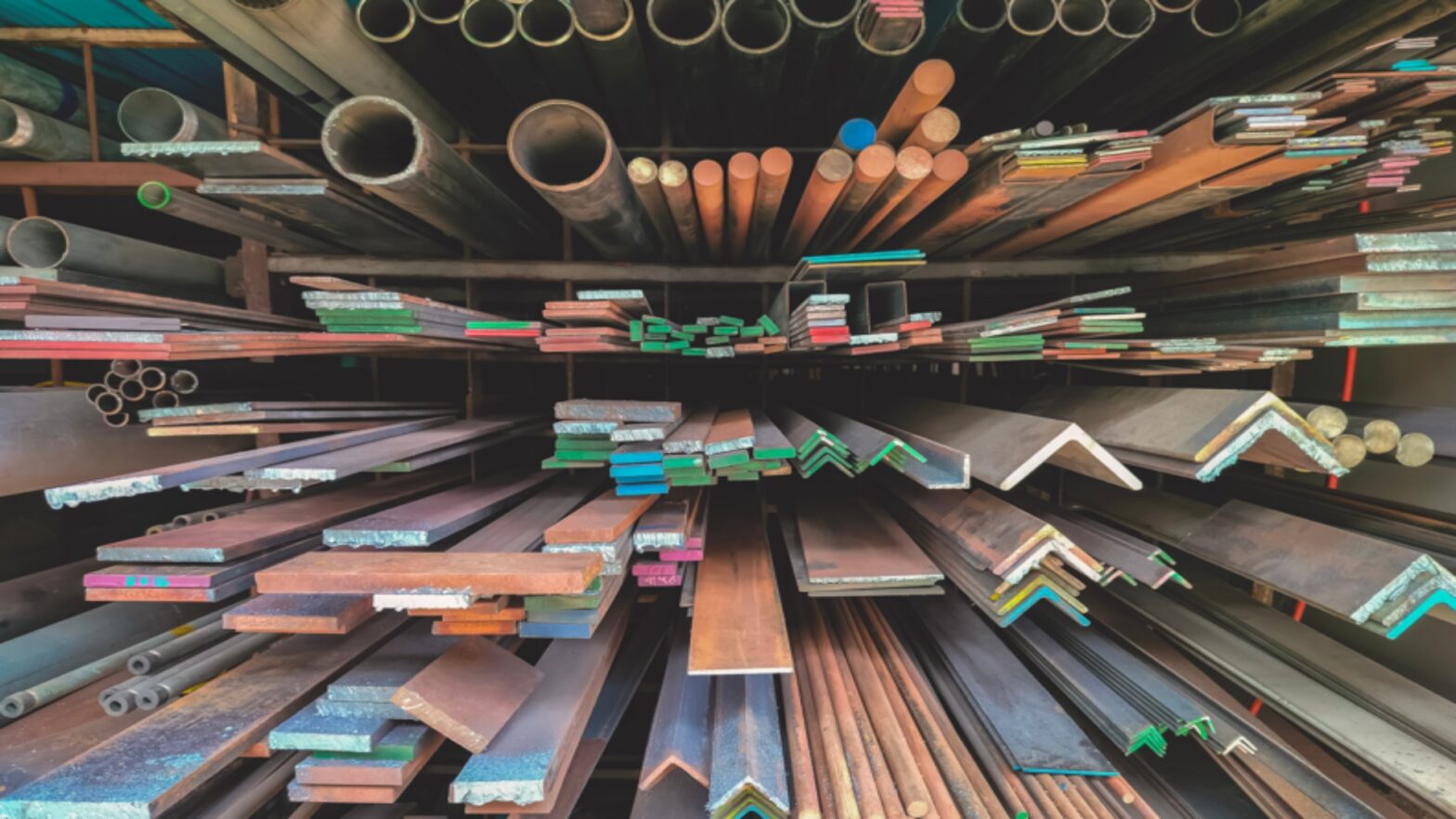Many construction projects fail due to poor choices in building supplies. Wrong materials cause delays, raise costs, and affect the structure’s strength. In some cases, these mistakes require starting over or doing expensive repairs.
Common problems include going over budget, choosing materials that don’t match the project, relying on suppliers who delay delivery, or ending up with low-quality items that don’t last. Each of these issues slows down progress and wastes money.
These problems are avoidable if you take a better approach from the start. You need to plan ahead, check the materials, and choose reliable suppliers. This article offers clear steps to help you pick the best building supplies for your next project and avoid common issues.
Define Your Project Requirements Clearly
Start by defining your project scope before choosing any materials. Know whether it’s a residential or commercial build. Also, consider if it’s a new project or a renovation. Each type needs different materials and planning.
Next, outline both structural and design needs. Think about load-bearing elements, finishes, and overall appearance. Your choices must support the building’s strength and visual goals.
It’s also important to match materials to the environment. Consider the local climate and ground conditions. Pick materials that resist heat, moisture, or erosion when needed.
Check local building codes and regulations before buying. Materials must meet legal standards for safety and performance. Using approved materials helps you avoid penalties and future changes. So, if you’re looking for building supplies southwest Florida, make sure they comply with the state’s building regulations. A reliable supplier should be aware of these requirements and be able to guide you on the same.
Defining these basics first helps you choose better materials that last longer and perform well.
Prioritise Quality Over Price
Choosing cheaper materials may seem smart at first. However, low-cost items often wear out faster. This leads to extra costs for repairs, replacements, and labor.
Instead, focus on affordable materials with solid quality indicators. Look for durability ratings and certifications. Check for performance reviews from real users or trusted industry sources. These signs show how well a product holds up over time.
For example, treated lumber is a popular choice because it resists rot better than untreated wood. It lasts longer in damp areas and saves on replacement costs. Another case is fiber cement siding. It costs more than vinyl but resists fire, insects, and weather damage.
Choosing high-quality building materials supports a stronger, longer-lasting build. It also helps reduce maintenance needs and future repairs.

Research Trusted Suppliers and Brands
A supplier’s reputation affects the success of your project. Reliable suppliers offer consistent quality, meet deadlines, and provide solid customer support. Their track record shows how they handle orders, returns, and complaints.
To check a supplier, start with online reviews and ratings. Look for patterns in feedback, not just one-time issues. Next, confirm if they hold industry certifications. These show they follow professional standards. Also, ask for referrals from contractors or other builders.
Brands also matter when choosing materials. Compare product warranties and after-sale services. A strong warranty shows that the brand stands by its quality. Good support helps if something goes wrong later.
Taking time to research suppliers and brands ensures better service, fewer risks, and smoother project flow.
Evaluate Availability and Delivery Logistics
Delays in material delivery can stop construction work. Every lost day increases labor and rental costs. That’s why access to materials must be planned early.
Start by checking the availability of materials locally. Local building material supplies often arrive faster and cost less to transport. Imported items may face customs delays or supply chain issues. These problems can slow your schedule without warning.
Before choosing a supplier, ask about their lead times. Confirm how long it takes to process and deliver orders. Also, find out how they handle urgent or bulk requests. A reliable supplier should give clear delivery windows and stick to them.
Choosing materials with stable availability and trusted delivery helps avoid costly project delays and stress.
Balance Sustainability With Functionality
Sustainable building supplies are now easier to find. Many options are strong, safe, and long-lasting. Look for materials made from recycled content or renewable sources. Also, check if they carry green certifications.
Select eco-friendly products that still meet performance needs. Materials should support the structure, resist damage, and meet safety codes. Bamboo flooring, recycled steel, and low-VOC paints are good examples. These choices help the environment without lowering quality.
Some regions offer benefits for using green materials and technology. You may qualify for tax credits, rebates, or LEED certification points. These rewards can lower your overall project cost and add long-term value.
Balancing sustainability with strength helps the planet and boosts the project’s appeal to future users or buyers.
Conclusion
Many builders choose materials based on short-term costs instead of long-term value. This often leads to higher expenses and weak project results. Every material choice should support lasting quality, safety, and efficiency.
Now is a good time to reassess your approach. Review your current process for selecting supplies. Apply the steps shared in this guide to improve your outcomes and avoid common setbacks. Strong planning leads to fewer problems during and after construction.
For better results, speak with a material specialist or construction consultant. These experts understand product specs, supplier limits, and site needs. Their advice helps you avoid errors and improve your budget use. Working with the right advisor can save you both time and money.

































